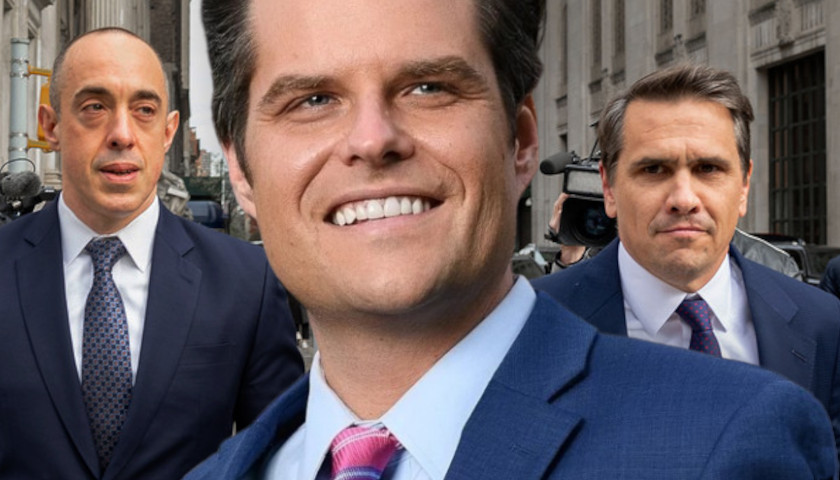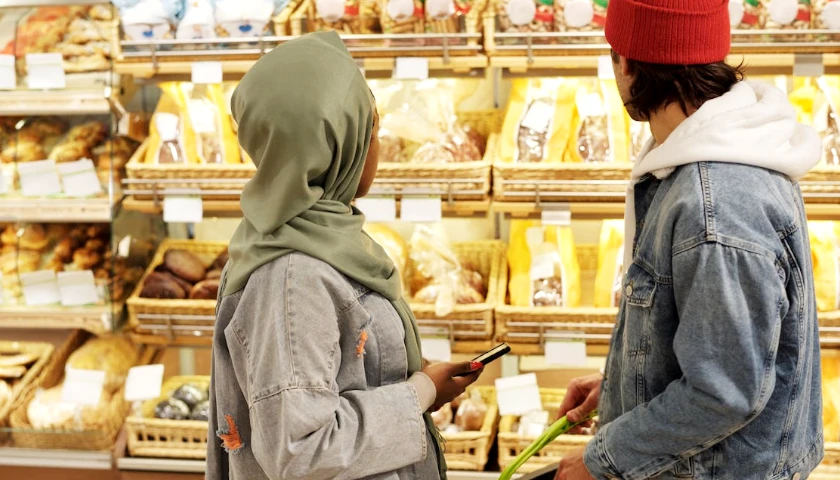by Harry Wilmerding
U.S. consumer spending growth slowed in September, and income dropped due to high COVID-19 cases, supply shortages, rising inflation, and ending unemployment benefits.
Consumer spending increased 0.6% in September, down from a 1% jump in August, the Commerce Department announced Friday. Personal income fell 1% in September, driven by a 72% drop in unemployment insurance benefits that offset a 0.7% spike in wages and benefits, according to The Wall Street Journal.
Economists polled by Reuters projected a 0.5% in consumer spending. Delta variant cases peaked in the middle of September, and the continued supply chain backups have caused shortages and rising prices, making it harder for consumers to purchase their desired goods, the WSJ reported.
 Meanwhile, the expiring unemployment benefits in September forced consumers to dig into their savings, the WSJ reported. Savings rates fell to 7.5% from 9.2% in August.
Meanwhile, the expiring unemployment benefits in September forced consumers to dig into their savings, the WSJ reported. Savings rates fell to 7.5% from 9.2% in August.
Worker compensation increased 1.3% in the third quarter from the second quarter, the fastest rate since 2001, according to the Bureau of Labor Statistics.
Experts believe the spending slowdown will bounce back as COVID-19 cases fall and consumer demand heats up heading into the holiday season.
“It’s a temporary pause in what’s otherwise a very robust spending outlook,” Joe Brusuelas, chief economist at RSM US LLC, told the WSJ.
The U.S. economy grew at a 2% rate in the third quarter of 2021 as supply chain issues and surging delta variant cases stunted expansion, the Bureau of Economic Analysis reported Thursday. GDP grew 6.3% in the first quarter and 6.7% in Q2.
The number of Americans who filed new unemployment claims dropped to 281,000 last week, a 10,000 claim decrease compared to the week ending Oct. 23, the Bureau of Labor Statistics announced Thursday.
– – –
Harry Wilmerding is a reporter at Daily Caller News Foundation.




